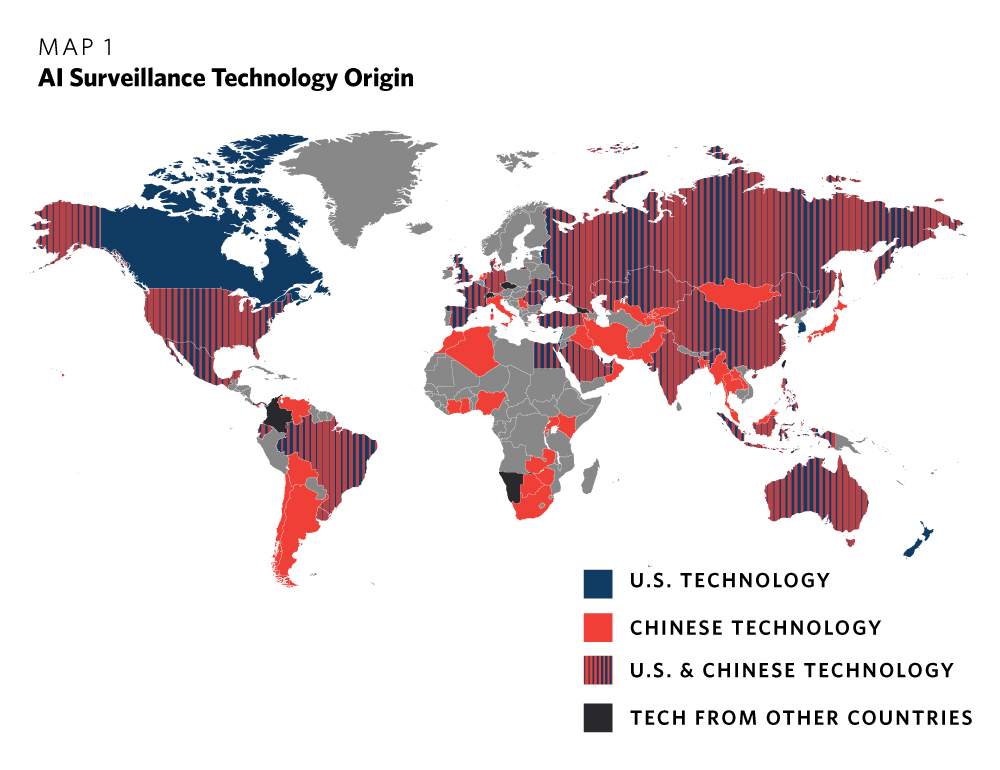
Facial Recognition Technology: A New Era in Law Enforcement
As I sit here, pondering the latest advancements in law enforcement, I am reminded of the countless hours I’ve spent watching crime dramas on TV. The thrill of the chase, the suspense of the investigation, and the satisfaction of solving the case – it’s all so captivating. But, as I delve deeper into the world of facial recognition technology, I realize that the lines between fiction and reality are becoming increasingly blurred.
In a move that’s being hailed as a significant step forward in investigative techniques, both Peel and York police have begun using facial recognition technology as part of their investigations. This development comes after consultations with the province’s information and privacy commissioner, and it’s a move that’s being touted as a game-changer in the fight against crime.
Law enforcement agencies are embracing facial recognition technology to stay ahead of criminals.
According to Peel police Deputy Chief Nick Milinovich, the new system will automate parts of the force’s current image comparison process. This means that investigators will be able to scan and compare images against lawfully-collected digital evidence stored in their databases, making the process faster and more efficient. But what does this mean for our privacy, and how far are we willing to go in the name of safety?
 Facial recognition technology is becoming an essential tool in modern law enforcement.
Facial recognition technology is becoming an essential tool in modern law enforcement.
As I weigh the pros and cons of this technology, I am reminded of the importance of balancing individual freedoms with the need to keep our communities safe. It’s a delicate dance, one that requires careful consideration and a deep understanding of the implications of such technology.
 Law enforcement agencies must navigate the complexities of facial recognition technology.
Law enforcement agencies must navigate the complexities of facial recognition technology.
In the end, it’s clear that facial recognition technology is here to stay. As we move forward, it’s essential that we continue to have open and honest conversations about the role of technology in our lives. By doing so, we can ensure that we’re using these tools to build a safer, more just society – one that balances individual freedoms with the need to protect our communities.
 The future of law enforcement depends on our ability to balance technology with community engagement.
The future of law enforcement depends on our ability to balance technology with community engagement.















